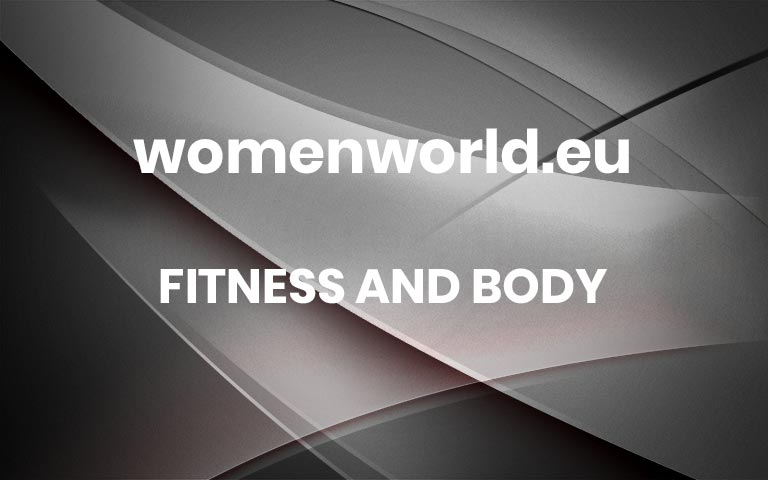This Powerful Bodyweight Workout Tones It All – Fast
No gym? That’s no barrier to getting your sweat on. Get stronger with this fun bodyweight workout that you can perform in the comfort of your own home. The only piece of equipment that you’ll need is your coffee table or a bench.
This all-over bodyweight workout was created by personal trainer and founder of Fit Best Training, Renché Seyffert.
To complete this workout, work in intervals. For intermediate to advanced athletes (yes, you!) work with the 50/10 principle. This means you’ll work for 50 seconds, then rest for 10 seconds.
If you’re a beginner athlete, use the 40/20 principle. Work for 40 seconds, then rest for 20. Rest for one minute after each round and aim to complete three to four rounds in total. We’ll warn you: it’s a doozy!
Watch PT Renché Seyffert demo the moves, then read on for the technique notes.
The Living Room Bodyweight Workout
[embedded content]
1/ Single Leg Skater Sit Squats
Stand in front of the edge of the coffee table on your right leg.
Jump sideways to your left and land on your left leg in front of the left edge of the coffee table.
Still only on your left leg, lower yourself down into a sitting squat, placing your bum firmly onto the table.
Get back up by pushing from your left heel upwards, using your calf muscles, hamstrings and glutes.
Jump to your right side and land on your right leg before lowering down into your sit squat. That’s one – keep going!
READ MORE: Transform Your Legs With This 20-Minute Home Workout
2/ Incline Push Up with Clap
Get into a plank position with your hands on top of the table, shoulder-width apart.
Keep your feet hip-width apart and bend your elbows as you lower your chest towards the table.
With an explosive movement, push yourself away from the table, forcing your arms and upper body into the air and clapping your hands. Return to the starting position and repeat.
3/ Plank Cross Tap to Bear Jumps
Start in a plank position with feet hip-width apart, elevated on top of the table.
With your hands on the floor, shoulder-width apart, jump onto all fours, then jump back into a plank.
Tap the left foot to the right side underneath the body.
Move back to the plank position and tap the right foot to the left side underneath the body.
READ MORE: Can Wearing Wrist Weights On A Walk Really Tone Your Arms? We Asked A Fitness Expert
4/ Tricep Dip – Alternating Toe Tap
Get into a tabletop position facing the ceiling with your hands on the table, keeping your feet on the floor.
Bend your elbows as you lower yourself towards the floor.
Straighten your arms to move back up to the starting position. Ensure that you use your arms to perform the movement and not your hips or legs.
Once back to the starting position, tap your left hand with your right foot. Repeat on the other side.
5/ Side Plank Hip Dips on Right
Stand in a side plank on your right elbow.
Raise your left leg on the table and ensure the right leg is suspended in the air, under the table surface.
Dip your hips towards the floor and back up. Repeat on the other side.
READ MORE: This Beginner Callisthenics Workout Builds Serious Strength & Mobility
6/ Step Up Reverse Lunges
Start by standing with both feet on top of the table.
Slowly step back with one of your legs into a reverse lunge.
Make sure both knees are bent and your back is straight. Ensure that your knee (of the foot in front) does not go over your toes.
Bring back your leg to the starting position and repeat on the other leg.
Once you have found your rhythm and balance, you can speed it up a little and add a hop on top of the table when changing your legs.
7/ Elevated Sit-Ups
Start by lying flat on your back on the floor and place your feet and calves on table.
Extend your arms over your head using your abdominals, as you lift your upper body and crunch down so that your hands can touch your feet.
Slowly lower yourself back down to the floor to the starting position and repeat. More



